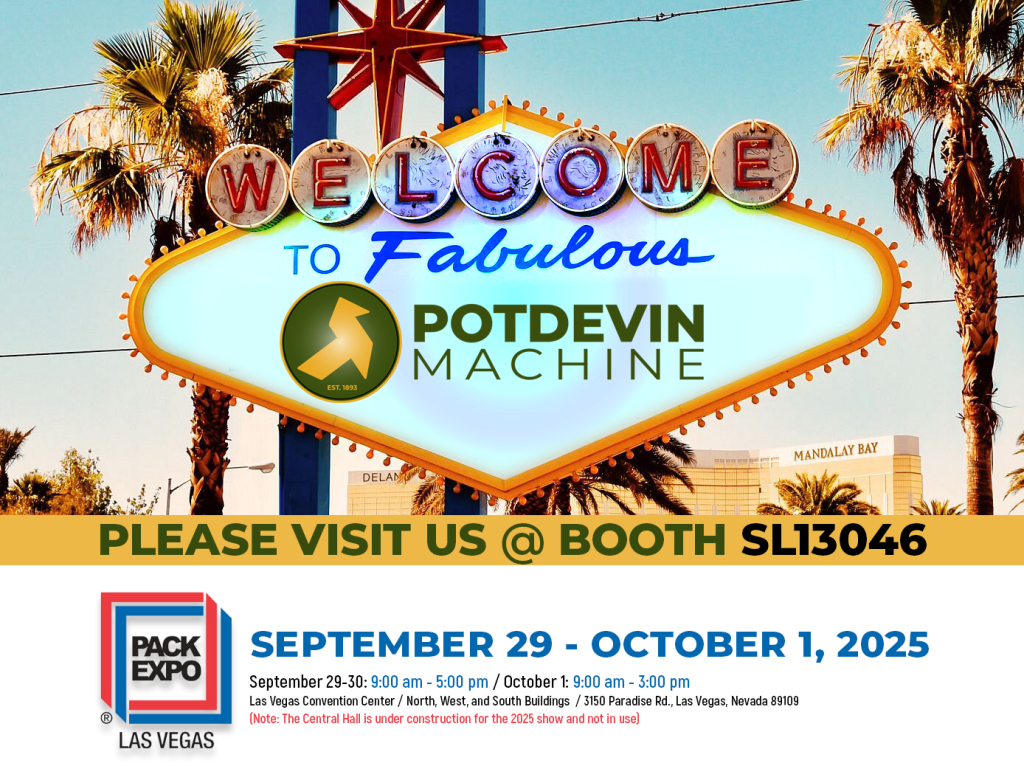In adhesive applications, one size does not fit all. The choice between roll coating and spray coating can strongly affect quality, cost, maintenance, and workflow. Below we compare both methods and help you see when each shines, especially through the lens of Potdevin’s machinery and consumables.
What Is Roll Coating?
Roll coating (a.k.a. roller coating) uses a pair (or more) of rollers, metering devices, and glue/coating tanks to apply adhesive (or coatings) to a substrate. The material passes between rollers that “transfer” or “meter” the coating continuously and uniformly.
Potdevin offers several roll coating / sheet coater options, such as:
- 2R Series Medium Duty Roll Coating Gluer — with removable stainless steel tank, hinged feed table, adjustable glue-coating dial.
- Z Series Roll Coating Applicator — supports hot and cold glue, variable width options, precise edge control.
- Heavy Duty Z Series — for large format, industrial uses. It features stainless rollers, adjustable dial, removable glue pans, and high durability.
- NTZ Series — another mid/medium duty coater. The NTZ is marketed as able to help save up to 35% on labor and adhesives, with easy cleanup features.
- LM Series Label Pasters — heavy-duty pasting machines built for continuous, high-volume production where speed and durability are critical.
- LP Series Label Pasters — compact machines designed for small to medium labeling applications, ideal when precision placement and consistent adhesive coverage are required.
Potdevin also positions roll coating as especially suitable in industries like laminated coverings and book binding (for menus, binders, etc.) where precise, repeatable coatings matter.
Benefits of Roll Coating
Why would someone choose roll coating over spray coating?
| Benefit | Explanation / Impact |
|---|---|
| Uniform, controlled coat thickness | Roll coating lets you dial in a precise thickness (via regulator dials, metering rollers). That ensures consistency across the run. (See how Z and 2R emphasize their “regulator dial” and “accurate coating” features.) |
| Less waste & overspray | Since the adhesive is applied directly via rollers, you avoid overspray, misting, or bounce back—waste is minimized. Potdevin’s machines are often marketed as cost-saving in this dimension. |
| Cleaner work environment & safety | Because coating is “contained” in rollers and tanks, there’s less airborne adhesive, which is safer for operators and reduces contamination. Potdevin roll coating products “leave messy spraying behind” in their Labels & Marketing sector. |
| Versatility of substrates & adhesives | Many roll coaters from Potdevin support both hot and cold adhesives, resins, varnishes, latex, etc. |
| Repeatability & scalability | Once set up, roller systems can produce repeatable results over long runs, with minimal operator variation. Big models like Heavy Duty Z are built for large format production. |
| Ease of maintenance & cleanup | Many Potdevin models include removable tanks/rollers or hinged feed tables for cleaning access. (E.g. 2R has removable stainless steel tank and roller, hinged feed table.) |
| Edge control & clean borders | Rollers allow precise control at edges; Potdevin’s designs aim to prevent glue spreading at edges of sheets. |
| Applicability to rigid or uneven materials | With attachments (rigid material coating attachments, variable roller gap), roll coaters can handle substrates of differing thicknesses. |
When Roll Coating is Best?
- When consistency across large batches matters
- When overspray or adhesive drift must be avoided
- When cleanup and maintenance burden must be minimized
- For thicker or less volatile adhesives (which may not atomize well in spraying)
- When substrate is rigid or has texture
Spray Coating or Spray Adhesive
Spray coating (or spray adhesive systems) atomizes adhesive into fine droplets or a mist which is then deposited (via air pressure, nozzles) onto the substrate. It’s often used when spot treatment or selective coating is needed, or where a roller can’t reach.
One common challenge with spray systems is substrate cleanup — adhesive overspray, buildup on booth walls or tooling, nozzle clogging, etc.
Potdevin offers a solution: Release-Cote, a releasing agent / inert barrier that prevents coatings (glues, paints, inks, plastics, varnishes) from sticking to surfaces like pots, spray booths, tanks, and walls.
How Release-Cote Helps
- You apply a thin film of Release-Cote (via rag, brush, or as a precoat) to any surface expected to come into contact with adhesive.
- When you’re done with a run, you drain the adhesive, and the residual coatings “strip off” easily from those treated surfaces. No harsh solvents or lengthy scrubbing.
- It’s marketed as drastically reducing cleanup time for operators.
- Release-Cote is sold in aerosol cans, gal pails, 55 gal drums, etc.
In other words: even if you need to use spray (for selective coverage, tricky geometry, etc.), combining it with a releasing agent mitigates one of spray’s biggest headaches.
Recommendations:
If your production workflow demands consistency, minimal waste, and scalable throughput, roll coating is often the safer bet. Potdevin’s roll coating lines (2R, Z, Heavy Duty Z, NTZ) give you industrial-grade control with features like regulator dials, removable tanks, and edge control.
But when you can’t reach with a roller or need to selectively coat odd shapes spray coating is still on the table. In that scenario, using a releasing agent like Potdevin’s Release-Cote makes cleanup dramatically faster and less painful.
Ultimately, many operations adopt a hybrid mindset: roll coat where you can, spray (with Release-Cote protection) where you must. The best approach is the one that aligns with your substrates, run lengths, geometry, and maintenance tolerance.
Want help choosing a Potdevin model or planning your coating strategy? Reach out to our team so we can map your specs to the right machinery and consumables.
Tags: Adhesive Application, Release-Cote, Roll Coating, Spray Coating

